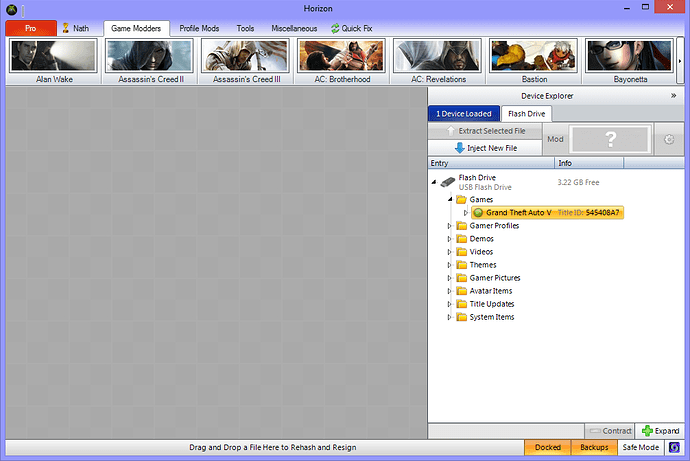
If you discover there is a compromise, it's really up to you as far as which to choose. Remember that faster response time gives you smoothness while lower input lag will make your aiming "feel" better. do your research to determine if the benefits will outweigh the costs. However, many times (especially with Benq), the overdrive does nothing to improve your response time, and often can introduce input lag (as it is an intense/complicated form of post-processing). In theory the overdrive/response time setting should improve your response time (pixel switch speed) which will give you a smoother moving screen. Before you automatically choose the "fastest" (or equivalent setting), you should do a quick google check to see if your monitor's overdrive method is worth it. The "1-2ms" advertised response time of your monitor is usually only achieved by using this overdrive setting. Usually the options are something like "Normal", "Faster", or "Fastest".

Look for a setting called "Response Time" or "Pixel overdrive", "overdrive", etc. If you can have both modes at the same time (it's possible) then go with that. Check to see if doing so resets your monitor back to "HDMI" mode. If you do still see a Game Mode, turn it on. PC mode usually stops ALL post-processing (which is what causes input lag), while game mode usually only stops some for HDMI mode. Most of the time this option will have disappeared after selecting PC mode. Where as certain settings can help with motion graphics, such as sports on live TV, these same settings can make your video game lag or feel delayed. Game mode is the single most important thing you can do as far as reducing input lag and is found on most modern sets, where the settings of the TV, including colors, motion blur, and others variables, are set specifically to accommodate video games, and will help reduce video game lag. If you are a fanatic about TV picture calibration and are frustrated by the lack of fine-tuning white balance, check to see if there is a factory menu you can access for more granular adjustments.


 0 kommentar(er)
0 kommentar(er)
